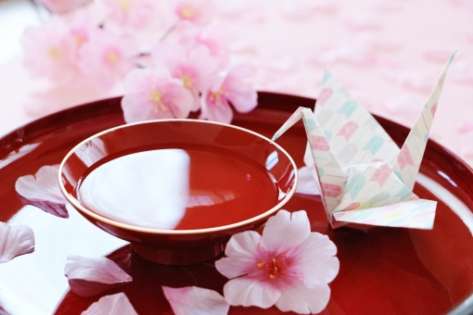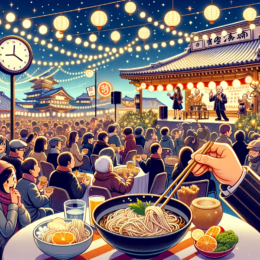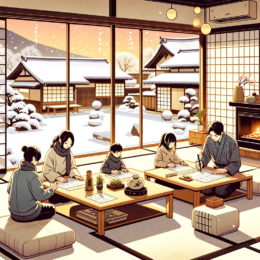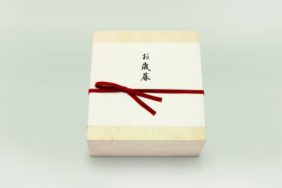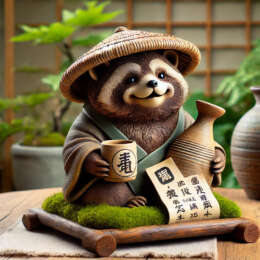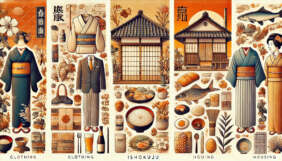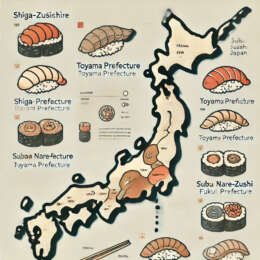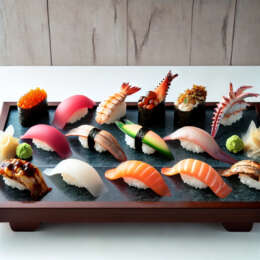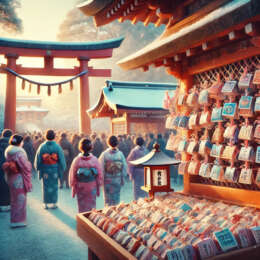最後に日本文化の一覧と事例を英語で紹介
Japan is known for its rich culture, which has evolved over centuries and includes various art forms, traditions, and customs. In this introduction, we will explore some of the key aspects of Japanese culture, providing an easy-to-understand explanation for non-Japanese speakers.
Tea Ceremony (茶道, chadō or sado)
The Japanese tea ceremony is a ritualized preparation and presentation of green tea, typically matcha, which has been a part of Japanese culture for centuries. The ceremony embodies the principles of harmony, respect, purity, and tranquility, and it is an opportunity to appreciate the beauty of simplicity.
Kimono (着物)
Kimono are traditional Japanese garments that have been worn for over a thousand years. They are characterized by their straight lines, wide sleeves, and a long, rectangular shape. The intricate patterns and vibrant colors of kimonos are often seen during special occasions, such as weddings, tea ceremonies, and festivals.
Calligraphy (書道, shodō)
Japanese calligraphy is a form of artistic expression that involves using a brush and ink to create beautifully stylized characters. This art form is closely related to Zen Buddhism and emphasizes the importance of balance, harmony, and concentration.
Ikebana (生け花)
Ikebana is the Japanese art of flower arrangement, which dates back to the 6th century. It is a disciplined art form that focuses on the arrangement of flowers, branches, and leaves in a harmonious and aesthetically pleasing way. Ikebana often emphasizes minimalism, asymmetry, and the appreciation of natural beauty.
Origami (折り紙)
Origami is the art of paper folding, which has been practiced in Japan since the Edo period (1603-1868). It involves transforming a flat sheet of paper into a three-dimensional object, such as a crane, flower, or box, through a series of precise folds. Origami is a popular pastime in Japan and is often used as a form of meditation and relaxation.
Sumo (相撲)
Sumo is a traditional Japanese sport that dates back over 1,500 years. It is a form of wrestling that involves two competitors trying to force each other out of a circular ring or make each other touch the ground with any part of their body other than the soles of their feet. Sumo wrestlers, or rikishi, follow a strict regimen of training and adhere to a unique lifestyle steeped in tradition.
Kabuki (歌舞伎) and Noh (能)
Kabuki and Noh are traditional Japanese performing arts that date back to the 14th and 17th centuries, respectively. Kabuki is a highly stylized form of theater that combines drama, dance, and music, while Noh is a classical form of theater that emphasizes the use of masks, elaborate costumes, and slow, deliberate movements.
Manga and Anime
Manga are Japanese comics, and anime is the animated counterpart. Both have gained international popularity in recent decades, with countless titles spanning various genres, such as action, romance, fantasy, and science fiction. Manga and anime often feature unique art styles, imaginative storytelling, and complex characters.
Japanese Cuisine
Japanese cuisine is known for its emphasis on fresh, seasonal ingredients, presentation, and balance of flavors. Sushi, sashimi, ramen, and tempura are just a few examples of popular Japanese dishes that have gained worldwide acclaim. In 2013, traditional Japanese cuisine, or washoku, was recognized by UNESCO as an Intangible Cultural Heritage of Humanity.
Festivals (祭り, matsuri)
Japan is home to countless festivals that take place throughout the year, celebrating the seasons, religious beliefs, and local traditions. Some well-known festivals include Gion Matsuri in Kyoto, which is famous for its elaborate floats and processions; Aomori Nebuta Matsuri, where giant illuminated floats are paraded through the streets; and Kanda Matsuri in Tokyo, a vibrant celebration featuring portable shrines, music, and dancing.
Zen Buddhism and Shintoism
Zen Buddhism and Shintoism are two prominent religions in Japan, each with its own unique set of beliefs, practices, and rituals. Zen Buddhism emphasizes meditation and mindfulness, while Shintoism is an indigenous religion that focuses on the worship of kami (spirits) and the connection between humans and nature.
Japanese Gardens (日本庭園, Nihon teien)
Japanese gardens are designed to create a harmonious and tranquil environment that reflects the beauty of nature. They often feature elements such as stone lanterns, water basins, and carefully arranged rocks and plants, as well as winding paths and bridges. Some famous examples of Japanese gardens include Kenrokuen in Kanazawa, Kinkaku-ji’s garden in Kyoto, and Rikugien in Tokyo.
Traditional Arts and Crafts
Japan is renowned for its traditional arts and crafts, which include pottery, lacquerware, textiles, and woodblock prints. Each region has its own unique techniques and styles, with some craft traditions dating back over a thousand years. Examples of Japanese arts and crafts include Kintsugi (the repair of broken pottery with gold), Edo Kiriko glass cutting, and Yuzen dyeing.
Martial Arts (武道, budō)
Japan is the birthplace of several martial arts, such as judo, karate, kendo, and aikido. These disciplines are deeply rooted in Japanese culture and are often practiced not only for self-defense but also for personal development and spiritual growth.
Japanese Language (日本語, Nihongo)
The Japanese language is an essential aspect of Japanese culture. It is a unique and complex language with three writing systems – hiragana, katakana, and kanji. Japanese is spoken by approximately 125 million people worldwide, and learning the language can provide a deeper understanding of Japanese culture and traditions.
In conclusion, Japanese culture is a diverse and fascinating blend of ancient traditions, modern innovations, and unique art forms. By exploring the various aspects of Japanese culture mentioned above, one can begin to appreciate the depth and beauty of this captivating nation. Whether you are interested in the serenity of a tea ceremony, the vibrant energy of a festival, or the imaginative worlds of manga and anime, there is something for everyone to enjoy and learn from in Japanese culture.




